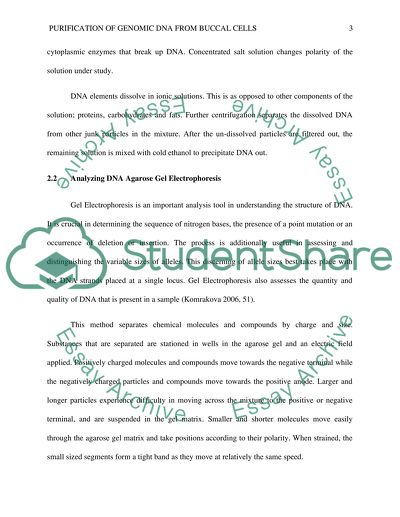Cite this document
(“Practical report Essay Example | Topics and Well Written Essays - 2000 words”, n.d.)
Practical report Essay Example | Topics and Well Written Essays - 2000 words. Retrieved from https://studentshare.org/biology/1483147-practical-report
Practical report Essay Example | Topics and Well Written Essays - 2000 words. Retrieved from https://studentshare.org/biology/1483147-practical-report
(Practical Report Essay Example | Topics and Well Written Essays - 2000 Words)
Practical Report Essay Example | Topics and Well Written Essays - 2000 Words. https://studentshare.org/biology/1483147-practical-report.
Practical Report Essay Example | Topics and Well Written Essays - 2000 Words. https://studentshare.org/biology/1483147-practical-report.
“Practical Report Essay Example | Topics and Well Written Essays - 2000 Words”, n.d. https://studentshare.org/biology/1483147-practical-report.


